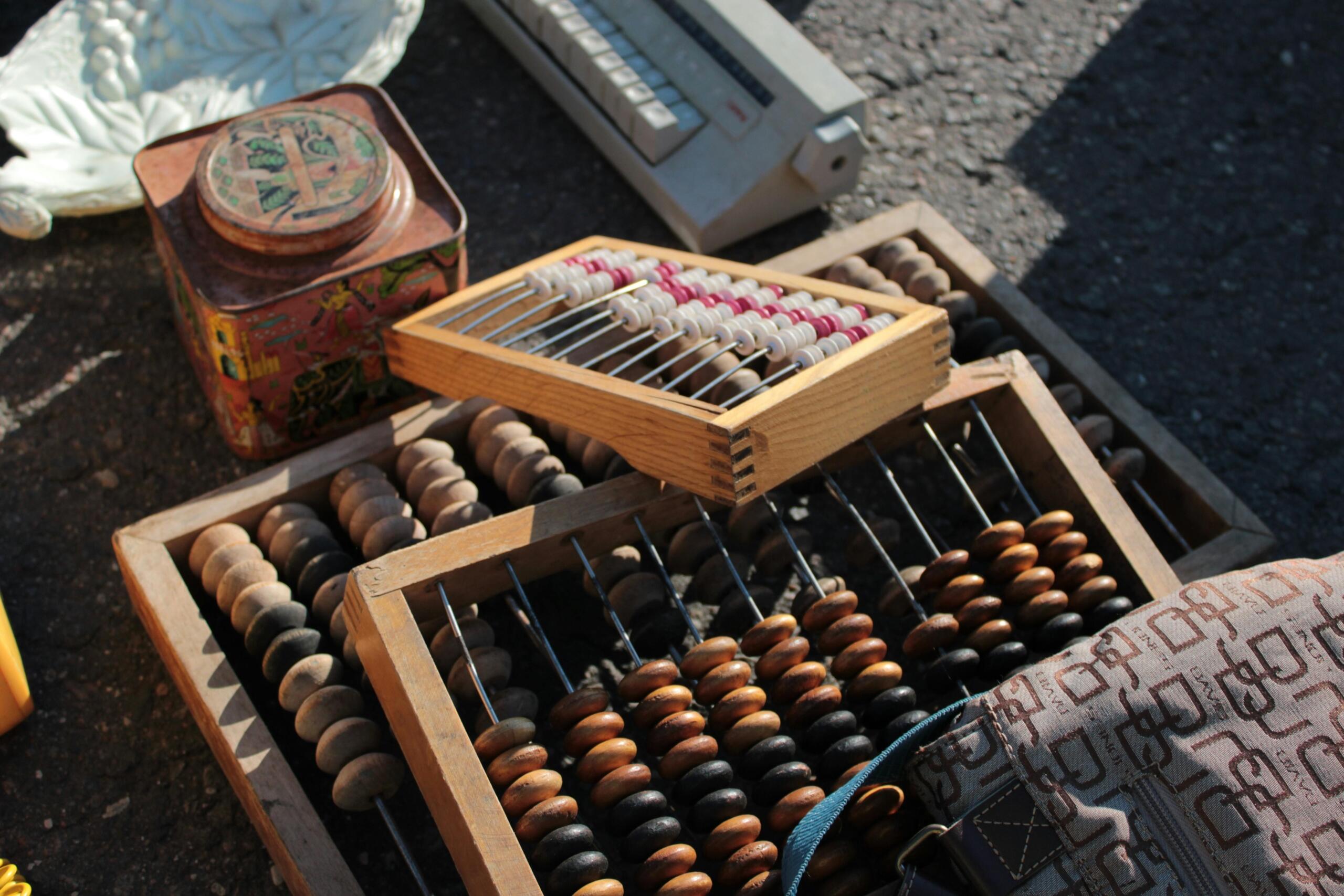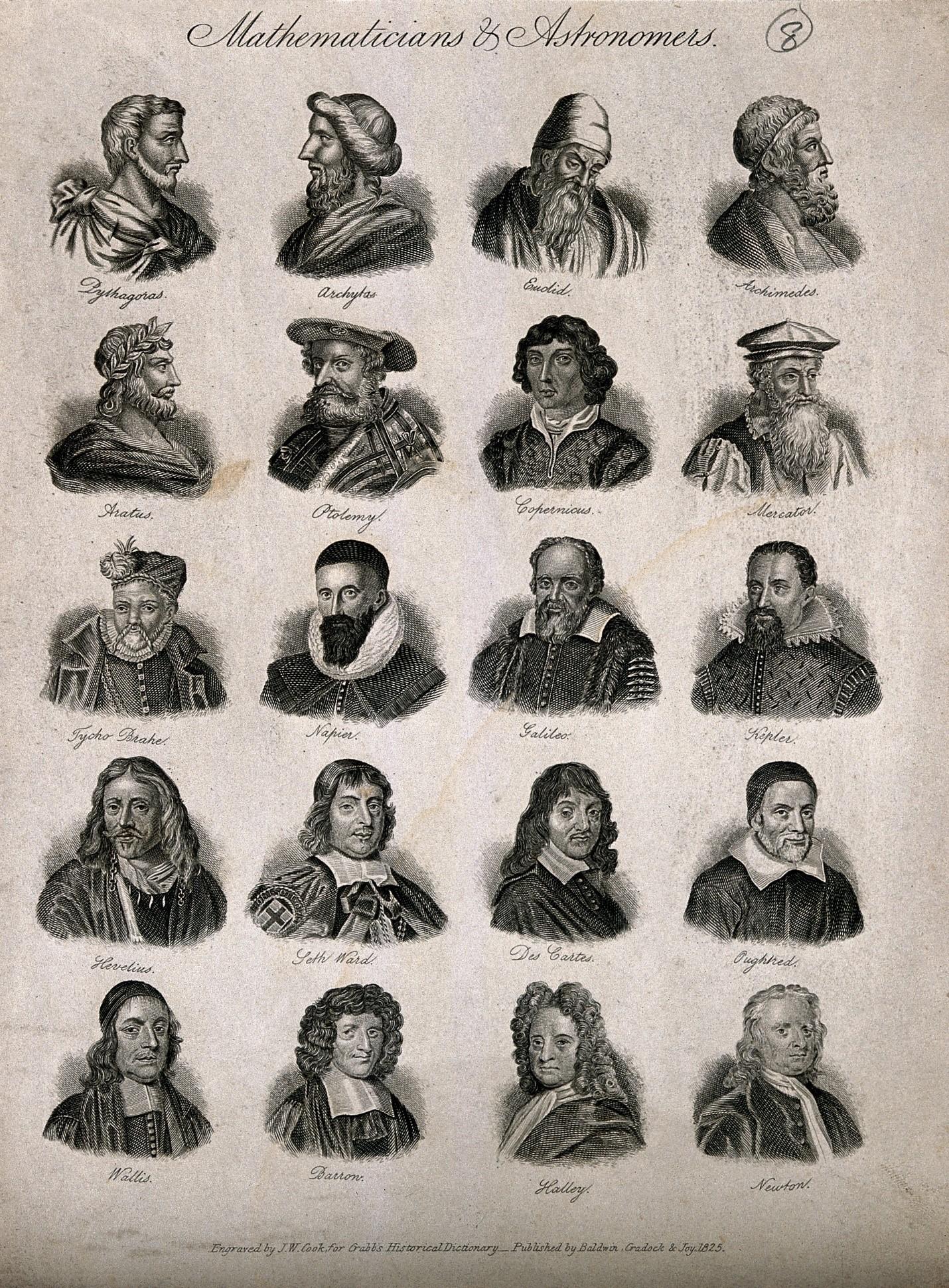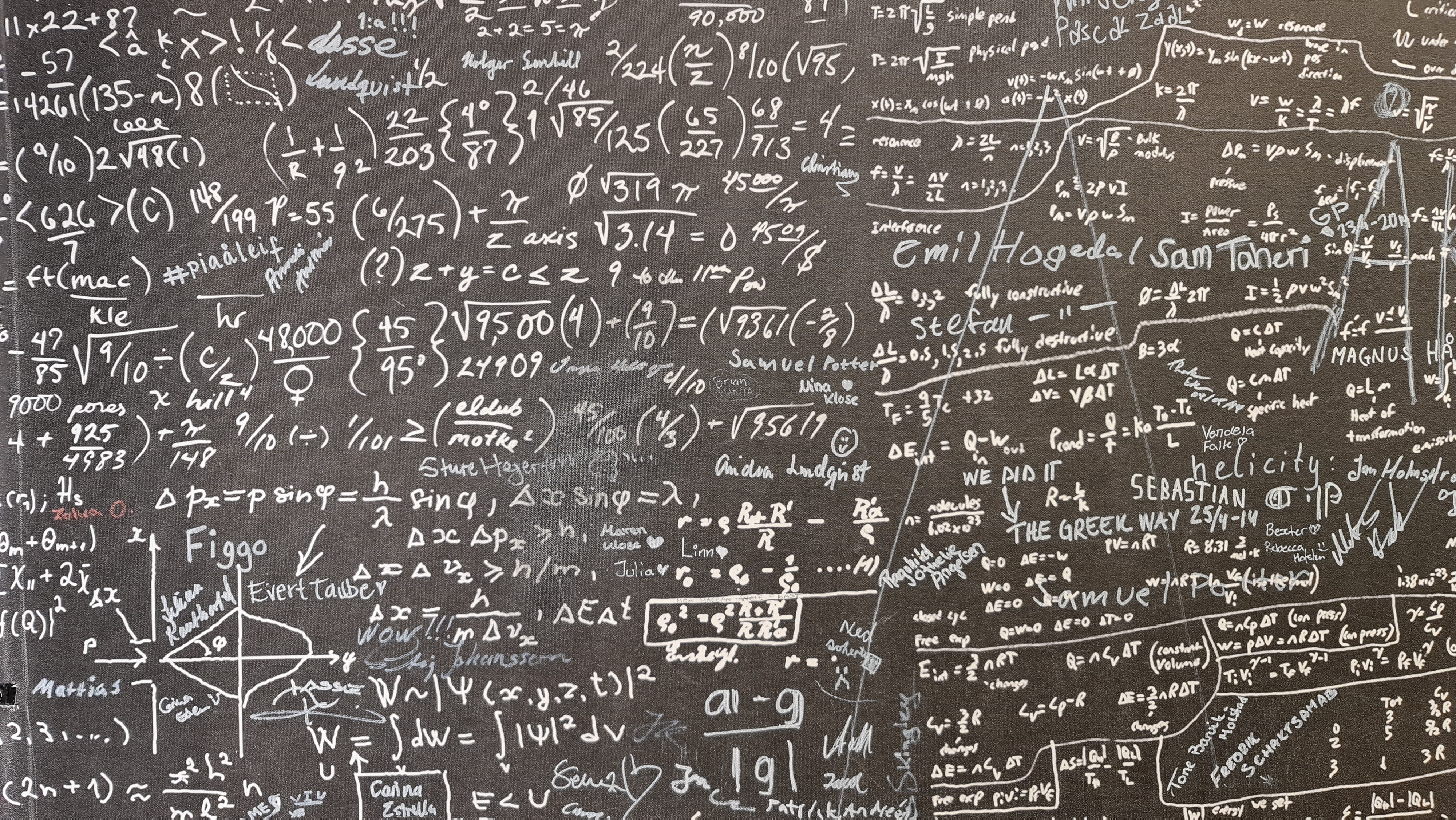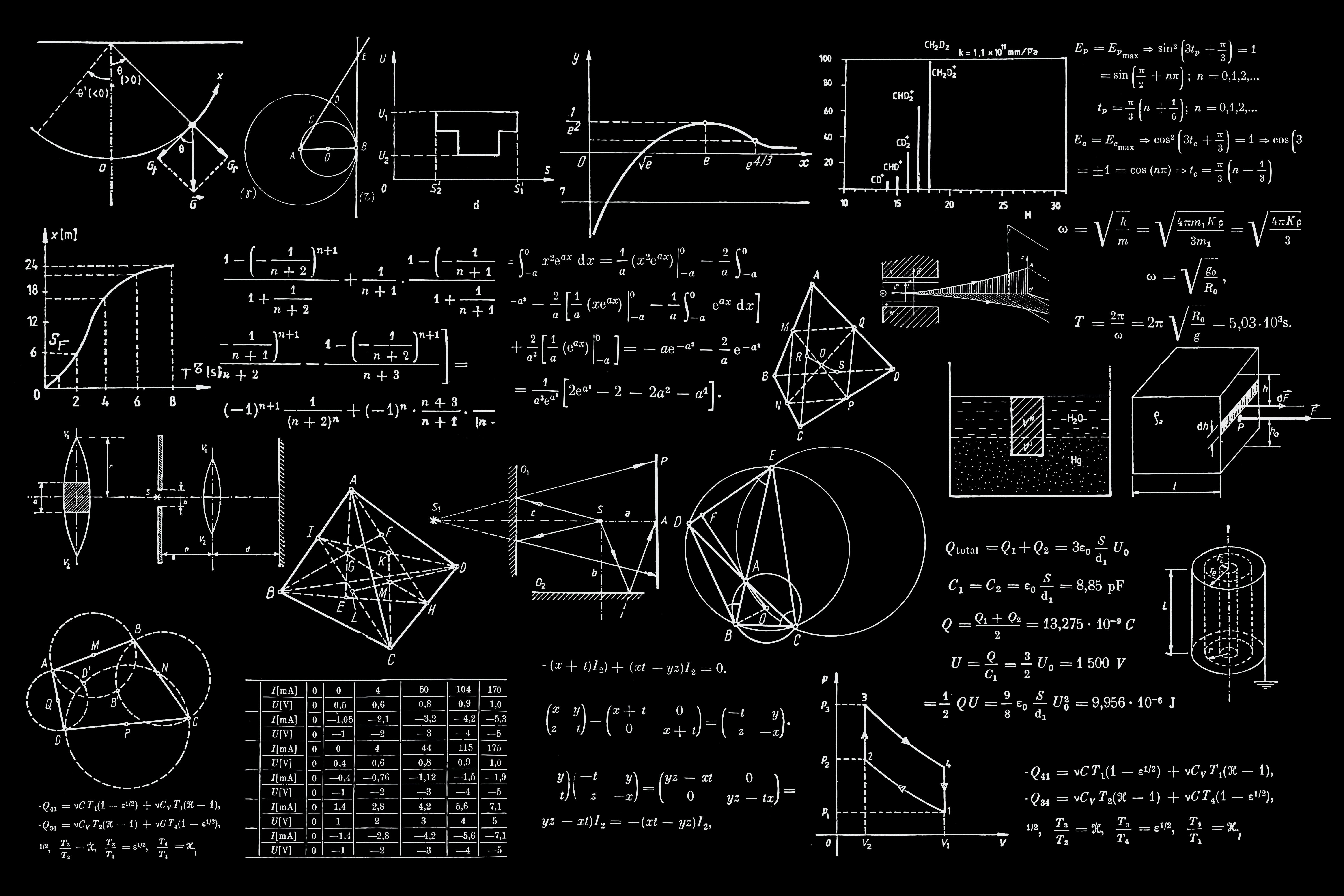With all that we know and have now, it can be easy to take the inventions and contributions of those who came before us for granted. However, ancient civilisations paved the way for where we find ourselves today in many fields, and mathematics is no exception. In this article, we’re going to shine a light on the mathematics of ancient civilisations, take a look at some of their contributions and the numeral systems they operated:
- Egyptian Numerals – Developed around 3000 BCE, the Egyptians used an additive system based on powers of ten and symbolic hieroglyphs
- Chinese Numerals – The Chinese introduced a decimal-based counting system using rod numerals and counting boards
- Babylonian Numerals – Known for their base-60 (sexagesimal) positional system, the Babylonians revolutionised arithmetic and astronomy
- Greek Numerals – The Greeks advanced beyond practical math by embracing abstract reasoning and formal proof

Numeral Systems from Ancient Civilisations
We can’t help but marvel at the fascinating ways in which these societies were able to understand and record numbers. Would you believe it if we told you that archaeological findings show people used counting methods as far back as 35,000 years ago, with nothing more than a pile of sticks? This shows our ancestors' remarkable ability to think mathematically.
One thing that will stand out to you throughout your reading is how different cultures developed their own unique number systems independently. The rise of the mathematical systems created by the Babylonians, Egyptians, Chinese and Greeks shows how mathematical notation developed throughout human history.
Apart from raising eyebrows, learning about the contributions of ancient civilisations shows us how human thinking and societies grew over time. According to scientists, humans have always struggled to create large symbolic number systems that could represent exact quantities. It was a development that happened very gradually throughout time and across many cultures.
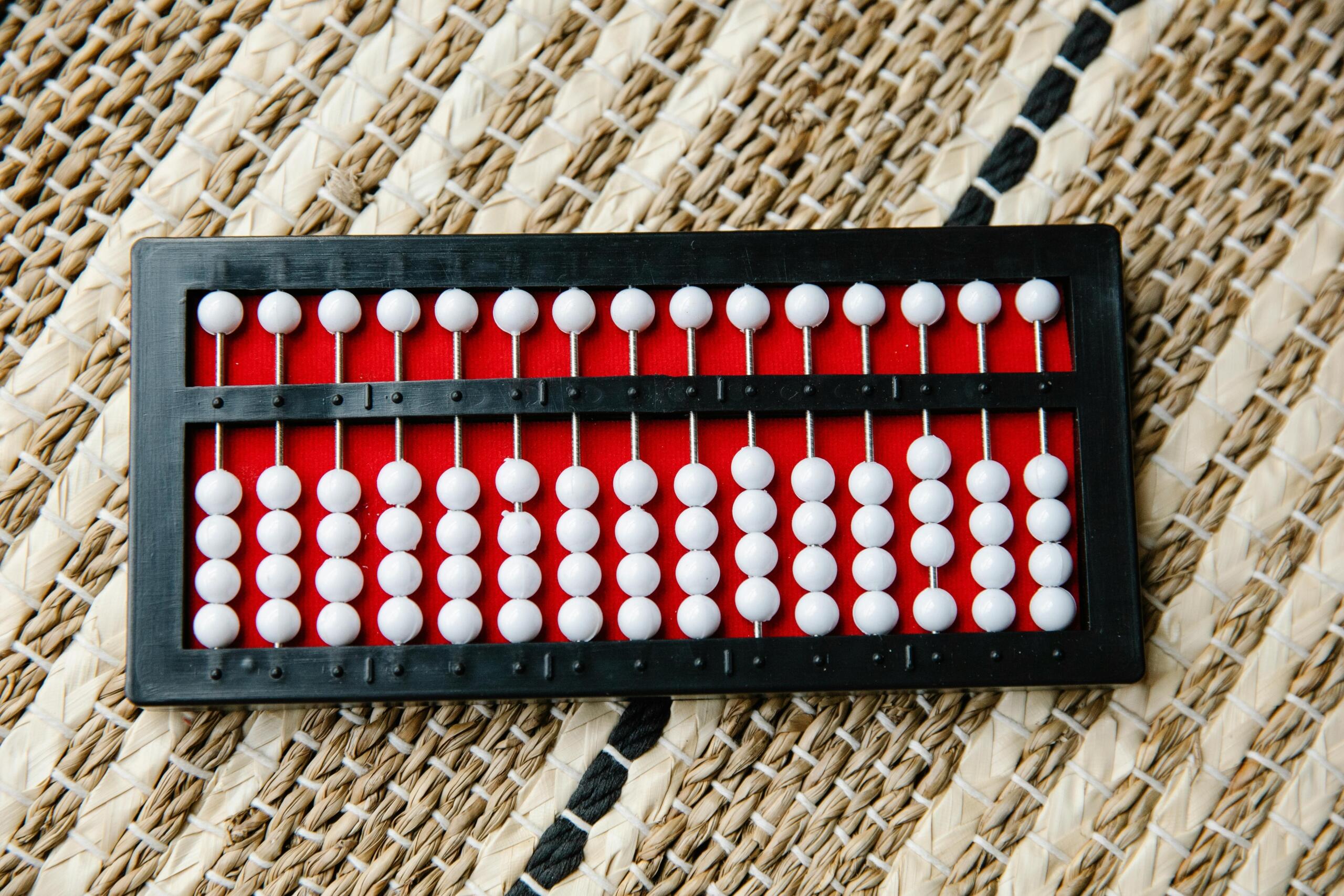
These systems came about to answer and solve practical questions and problems that people faced. Whereas nowadays, maths is explored as a theoretical subject, a shift that we’ll get to touch on later on. By focusing on how those before us viewed maths and the perspectives they offered, we gain a great deal in learning about the subject's building blocks.
You’ll also learn how each individual culture had its own clever solution when it came to handling numbers, and it offers insight into how people measured, counted, and shared information. Many of the number systems that they contributed are still used today, such as Babylonian math, like the base-60 system, when it comes to measuring time and angles. So, let’s dive into the contributions of some of the most significant civilisations when it comes to maths.
Taking a Look at Egyptian Numbers
One of the earliest numeral systems that we have a record of comes from the Egyptians, which is one of the most significant mathematical breakthroughs that humans have achieved.
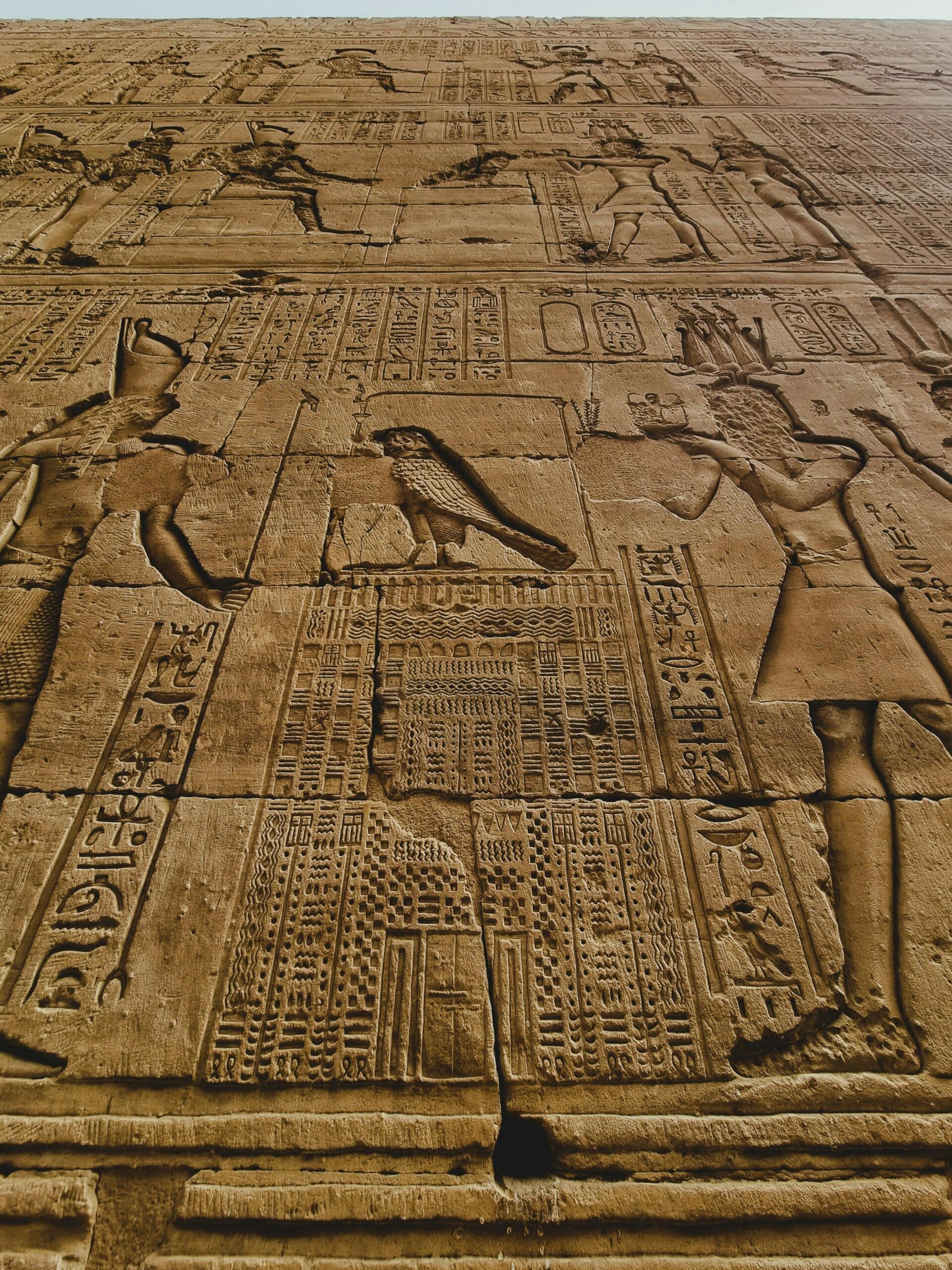
The practicality and effectiveness of the system are shown in its rather long shelf life, dating from around 3000 BCE all the way to the early first millennium CE.
Instead of the positional approach we use when it comes to decimals, the Egyptians used an additive one.
It meant that numbers were written by repeating symbols that represented powers of ten.
You would think after such an accomplishment, it would be time to kick back and bask in pride. Well, the Egyptians and their mathematics were just getting started with scribes creating three different ways to write numbers over time. The hieroglyphic form showed up mostly on monuments and formal inscriptions, reflecting daily Egyptian life.
Egyptian Hieroglyphic Numbers Table
| Value | Hieroglyph Description | Symbol |
|---|---|---|
| 1 | Single stroke (vertical line) | 𓏺 |
| 10 | Heel bone / cattle hobble | 𓎆 |
| 100 | Coil of rope | 𓍢 |
| 1.000 | Lotus flower | 𓆼 |
| 10.000 | Pointing finger | 𓂭 |
| 100.000 | Tadpole or frog | 𓆐 |
| 1.000.000 | Kneeling god (Heh) | 𓁨 |
The simple hieroglyphic symbols included a vertical staff (1), a cattle hobble (10), a coil of rope (100), a lotus plant (1,000), a pointing finger (10,000), a tadpole (100,000), and a figure showing astonishment or the deity Heh (1,000,000).
They all had their own intricate meanings, too. The lotus plant, for example, was for the number 1,000 and represented abundance. Then, as the millennium turned to 2000 BC, the hieratic script emerged as the more practical system used on papyrus. It was this script that started attributing unique symbols for numbers. It did so for numbers 1-9, tens from 10-90, hundreds from 100-900, and thousands from 1000-9000. You can imagine how much more practical and time-saving this was when it came to writing larger numbers. Writing the number 9,999, for example, required just four hieratic symbols compared to 36 hieroglyphs.
Their approach to multiplication was also just as interesting. Say they were multiplying 28 by 11, they would create a table by doubling 28 repeatedly and pick combinations adding up to 11 to find their answer.

Exploring Chinese Numerals
The earliest example of the ancient Chinese numeral system dates back over 3000 years, would you believe? What makes this system stand out is that it worked on a decimal principle, only it didn’t have a positional aspect, eliminating the need for zero as a placeholder.
At around the turn of the 4th century, the Chinese made their own monumental breakthrough in mathematics with the emergence of counting boards and rod numerals.
It had a decimal place value system, which was a truly incredible development for the time. It was quite clever in how it functioned, too.
It has small bamboo sticks with various patterns to represent numbers 1 through 9.
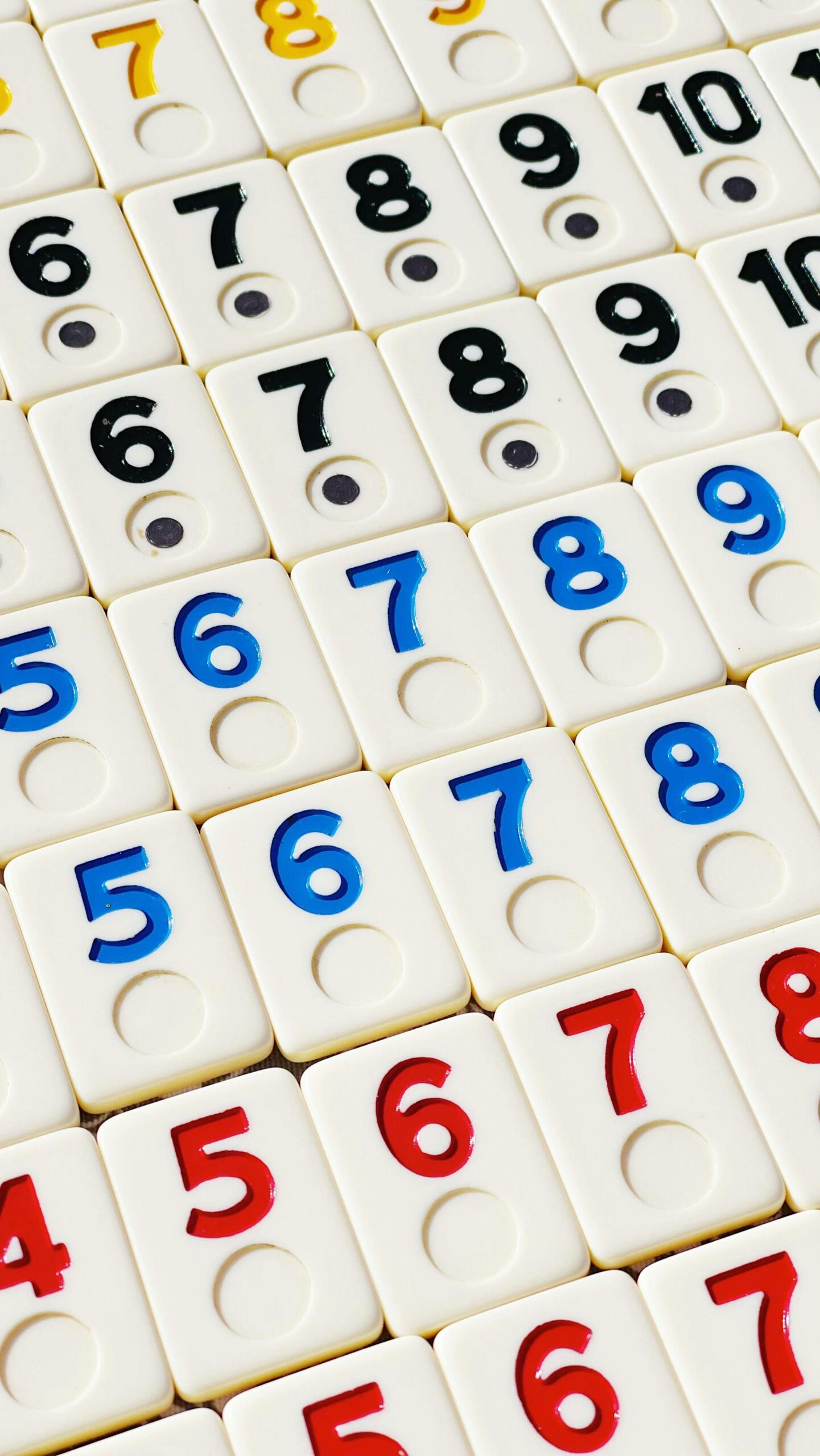
Of course it wouldn’t have in order for it to be deserving of a mention, it would of course need to be a little more complex of a system than mere representation. The civilisation’s mathematicians created an ingenious solution to avoid confusion by alternating the orientation of symbols between columns.
They managed this by placing vertical rods for units and hundreds positions, and horizontal rods for tens and thousands positions. Adding to the complexity of the system, colours also communicated whether the figure was positive (red) or negative (black). Looking back on Chinese mathematical history shows us just how practical they were in their approach, which pushed innovation in the field.
Chinese Numerals Table
| Number | Chinese Character | Rod Numeral Representation |
|---|---|---|
| 1 | 一 | | |
| 2 | 二 | || |
| 3 | 三 | ||| |
| 4 | 四 | |||| |
| 5 | 五 | ||||| |
| 6 | 六 | |||||| |
| 7 | 七 | ||||||| |
| 8 | 八 | |||||||| |
| 9 | 九 | ||||||||| |
What are Babylonian Numbers?
Of course, this wouldn’t be much of a discussion about ancient civilisations and their contribution to mathematics without the mention of the Babylonians. With that said, it would be difficult to forget the ancient civilisation from Mesopotamia, as they made some of history’s earliest and most important contributions to mathematics.
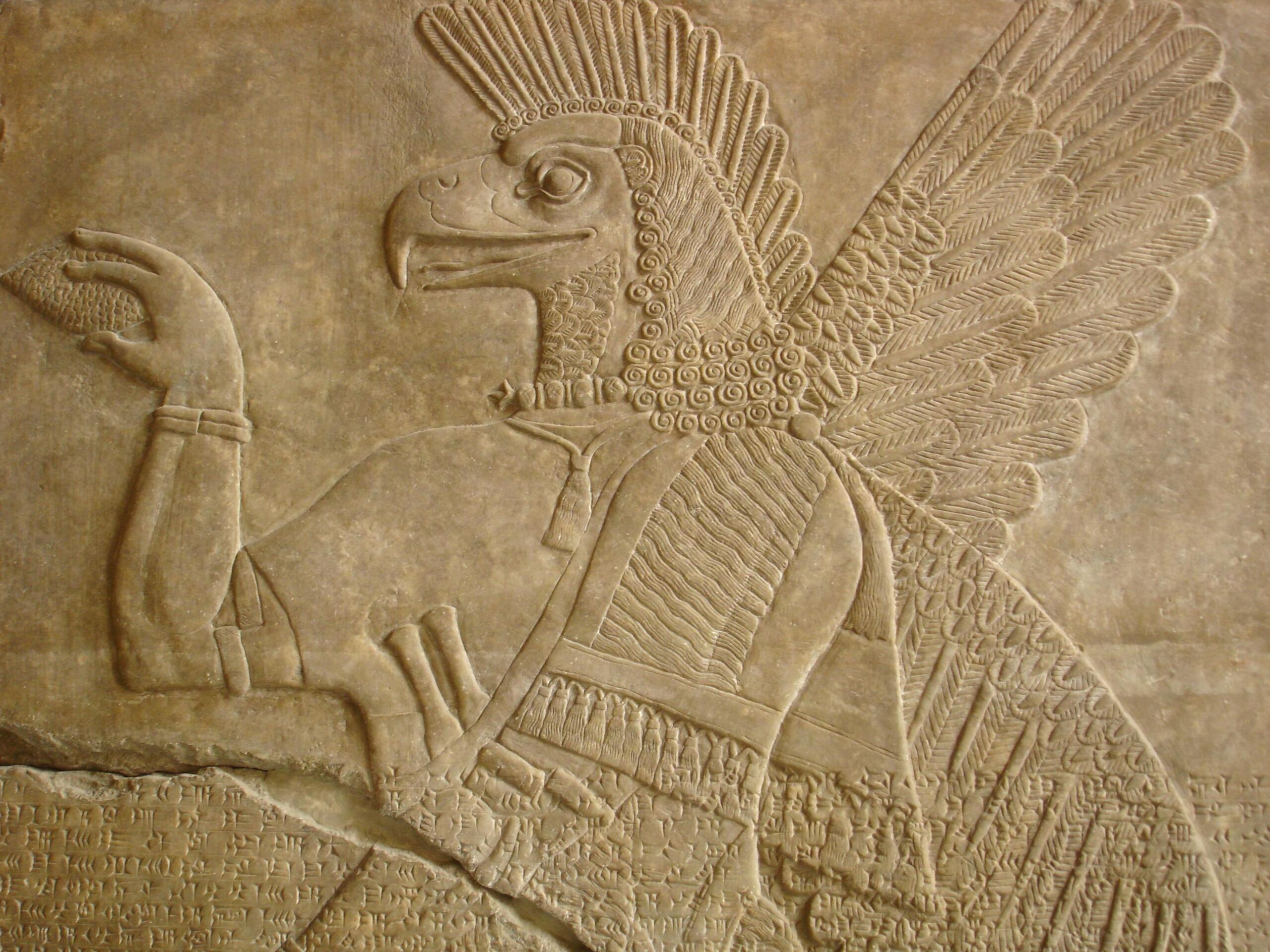
For starters, it was them who gifted us the numeral system based on sexagesimal (base-60) place value, which allowed for once challenging calculations to be made in next to no time and with remarkable accuracy! They used a different symbol to represent units and tens, and could represent very large numbers and precise fractions.
The system evolved over time, too. While it could have been faulted for not having a true zero when it first started being used, the Babylonians later introduced a placeholder symbol for missing digits. Which in itself was a major advancement for positional notation.
Babylonian mathematicians applied their number system to fields such as astronomy, engineering, and trade, and this would influence later civilisations to come. Perhaps the most notable of their contributions is their base-60 system, which we still use to this day when measuring time and angles.
Babylonian Numbers Table
| Decimal Number | Symbol Description | Base-60 Value |
|---|---|---|
| 1 | 1 unit mark (𒐕) | 1 |
| 2 | 2 unit marks | 2 |
| 3 | 3 unit marks | 3 |
| 4 | 4 unit marks | 4 |
| 5 | 5 unit marks | 5 |
| 6 | 6 unit marks | 6 |
| 7 | 7 unit marks | 7 |
| 8 | 8 unit marks | 8 |
| 9 | 9 unit marks | 9 |
| 10 | 1 ten mark (𒐖) | 10 |
What Did Ancient Greeks Teach Us About Maths?
Their contributions to mathematics are most evident from a flick through your log tables; The Greeks revolutionised mathematics by blending practical calculation with deep theoretical exploration. However, there was more to Greek mathematics than mere theorems. In fact, by the 5th century BCE, they had developed their own Ionic numeral system, using the Greek alphabet and three extra symbols to represent numbers from 1 to 900.
Due to the limitations in writing and calculating with large numbers, Greek mathematicians primarily focused on geometry.
What separates them from other civilisations, including some of those mentioned throughout the article, is how they viewed and used maths. Other civilisations focused on maths as a tool for commerce or construction, while they used it as a way to understand the universe through deductive reasoning and formal proofs. Pythagoras is a name that needs no introduction, his contributions alone. He introduced the idea that all relationships could be expressed numerically, influencing fields from geometry to music.
You’ve also got the other Greek heavy hitters, such as Euclid and Archimedes. The former became a cornerstone of mathematical education, while the latter expanded knowledge of geometry and mechanics. We couldn’t wrap up this article on a stronger note than ancient Greece, as their legacy survives not only in fundamental concepts but even many of their letters, such as π and θ, are used constantly in modern mathematics and science.
Ancient Greek Numbers
| Value | Greek Symbol | Name of Letter |
|---|---|---|
| 1 | Α | Alpha |
| 2 | Β | Beta |
| 3 | Γ | Gamma |
| 4 | Δ | Delta |
| 5 | Ε | Epsilon |
| 6 | Ϛ or ϝ | Stigma / Digamma |
| 7 | Ζ | Zeta |
| 8 | Η | Eta |
| 9 | Θ | Theta |
| 10 | Ι | Iota |
| 20 | Κ | Kappa |
| 30 | Λ | Lambda |
| 40 | Μ | Mu |
| 50 | Ν | Nu |
| 60 | Ξ | Xi |
| 70 | Ο | Omicron |
| 80 | Π | Pi |
| 90 | Ϟ | Qoppa |
| 100 | Ρ | Rho |
| 200 | Σ | Sigma |
| 300 | Τ | Tau |
| 400 | Υ | Upsilon |
| 500 | Φ | Phi |
| 600 | Χ | Chi |
| 700 | Ψ | Psi |
| 800 | Ω | Omega |
| 900 | ϡ | Sampi |
| 1000+ | ͵ (prefix mark) | Thousands marker (e.g. ͵Α = 1000) |
Mathematical Contributions of Ancient Civilisations
After finding your reading, you should find yourself with a newfound understanding of the groundwork that ancient civilisations laid for modern mathematics. Their innovations when it came to counting, calculation and abstract reasoning were impressive, even by today's standards. However, relevant to the time, these findings are all the more impressive. If you are interested in further exploring these ancient techniques, consider reaching out to a maths tutor for personalised guidance.
Their development of early numeral systems and mathematical ideas reflects a shared human drive to understand, measure, and shape the world. After having read about the various breakthroughs from the featured civilisations, you should have a good sense of just how deeply mathematics is woven into the story of human progress. After all, the mathematical systems, tools, and scientific methods that we use daily are built upon these ancient achievements, which are quite impressive considering they come from thousands of years ago, don't you think?

